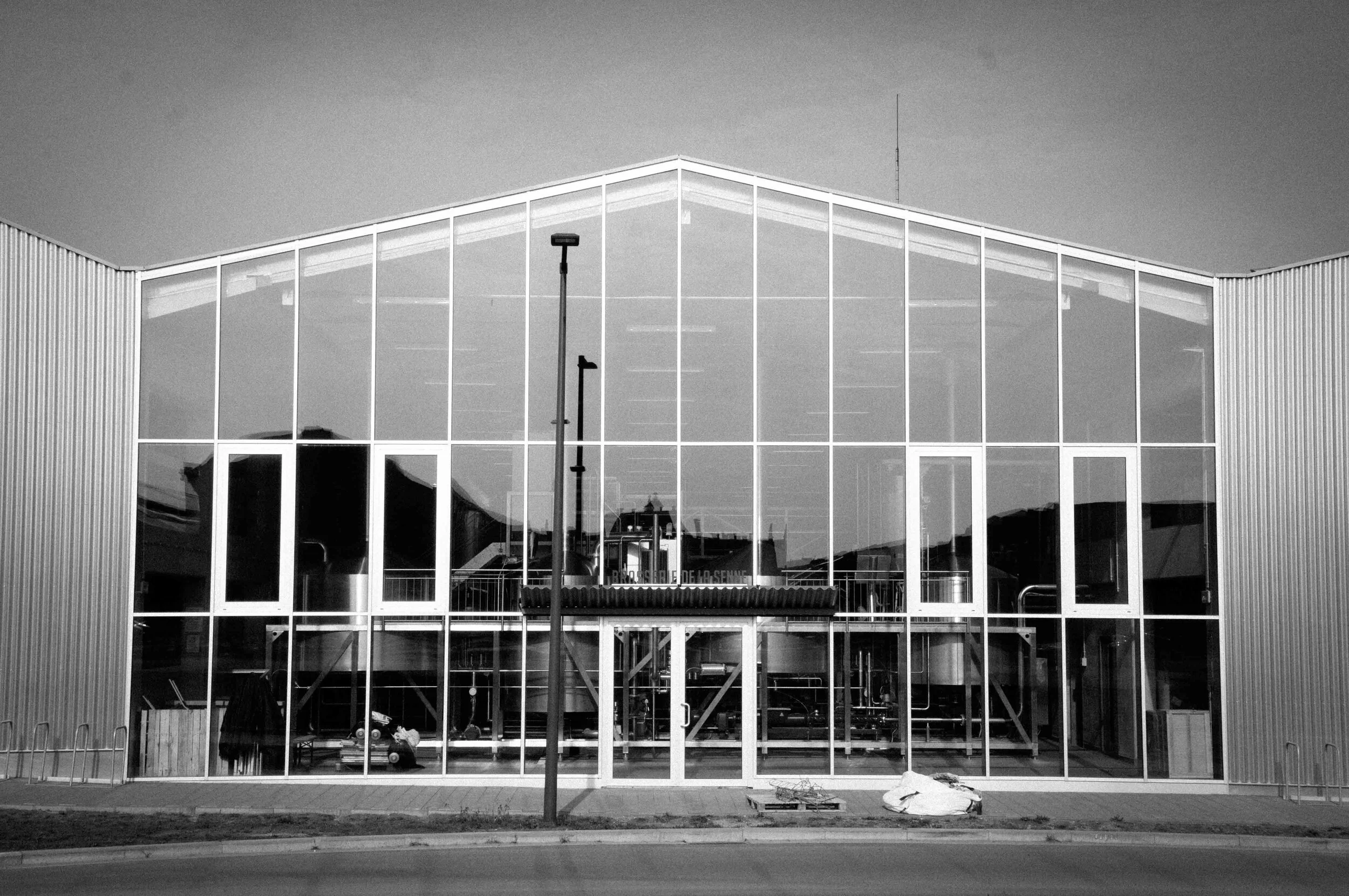A History of Brussels Beer in 50 Objects // #16 Fromage de Bruxelles
Find out more about Brussels Beer City’s new weekly series, “A History Of Brussels Beer In 50 Objects” here.
Object #16 - Fromage de Bruxelles
19th century
Farm Life
Plattekaas. Mandjeskaas. Ettekees. Pottekees. Kaas - cheese - has always been a staple of Brussels’ drinking culture. Not the sweaty blocks of yellow rubber, doused in celery salt or dijon mustard, that we know today, but characterful, singe-your-nostril-hair strong cheeses, “children of the Payottenland” made by farmers from nearby villages in the Zenne valley. Plattekaas was a 19th century favourite, a smooth and spreadable quark-style cheese served with a dense slice of boerenbrood (“farmer’s bread”), topped with thick slivers of locally-grown Ramonaches (radishes) and washed down with a glass of Faro in a roadside inn on Brussels’ rural outskirts.
Mandjeskaas (“basket cheese”), similar to plattekaas and cultured in retired Lambic barrels, earned its name from the wicker baskets in which the curds were traditionally drained. Ettekees, or Ettekeis or Hettekees, was a true Brussels cheese - hence its French name, Fromage de Bruxelles. Made with low-fat cow’s milk, ettekees is matured for two-to-four months, washed with salty water, and brined. Hard (hette) where plattekaas was soft, it is salty and tart and with a meaty aroma - pungent enough to become a nickname for Brussels’ small neighbourhood cinemas thanks to their odorific similarities.
To soften ettekees’ harder aromatic edges, it was mixed with plattekaas, a shallot, and the occasional “seasoning” of Lambic or Faro and christened Pottekees (or pottekeis). Lambic (or Faro or Geuze) was not only an ingredient in pottekees but considered the food that accompanied it best, the reasons for which a 1915 newspaper report makes clear: “the slightly heady beer helps the stomach to digest the pottekees, and pottekees helps the stomach to withstand this slightly heady beer with impunity.”
The culinary world from which pottekees emerged was not a gilded one. Like the other 19th century Brussels classics - tête pressée (head cheese), bloempanch (pork blood sausage), and choesels (madeira-soaked bovine offcuts - the pancreas, but also testicles, intestines, and other, lesser organs) - pottekees was volksvoedsel (“folk food”) made and consumed by the city’s lower classes.
When a better-off middle class emerged in the late 1800s, they wanted to drink in glass palaces, drink foreign beers, and jettison the ripe cheese that marked them out as proletarian. When, in 1876, debauched author Joris-Karl Huysmans detailed a lavish spread at a Grand Place brasserie he mentioned Lambic and Faro, pistolets with butter, crab entrails in green sauce, and smoked eel. But no Fromage de Bruxelles, and no pottekees.
But pottekees was not eradicated completely, surviving in the city’s food markets and in the taverns and cabarets hidden in the narrow alleyways sheltering by the Grand Place. In World War I it was rationed, 80 centimes getting a hungry Brussellaar a 100g portion. It survived WWII too, and by the 1970s there were still chefs in the Îlot Sacré making traditional pottekees. Mandjeskaas and Fromage de Bruxelles delivered by a ruddy, beret-wearing cheesemonger. The cheese mashed together, peppered and salted, sprinkled with shallots, and irrigated with a little milk. Spread onto boerenbrood and washed down with a “Santeï!” and a slurp of russet-hued Geuze.













